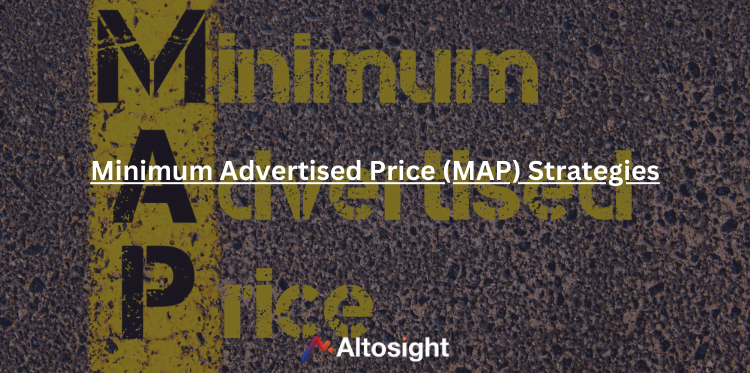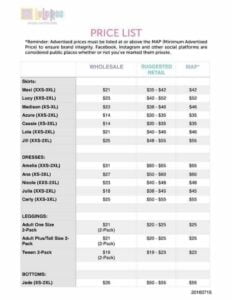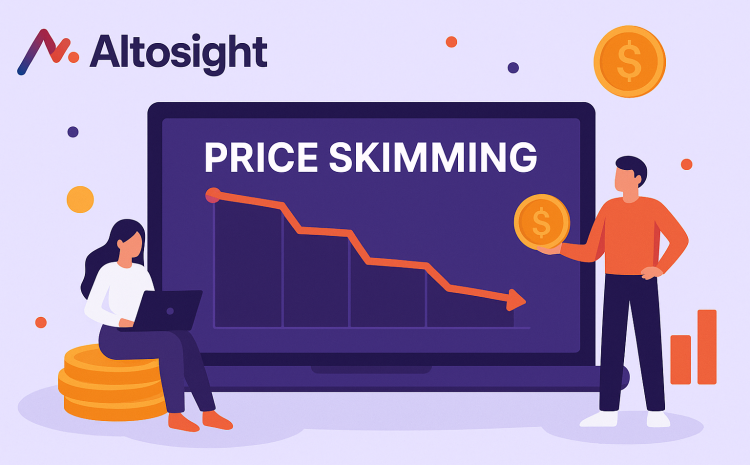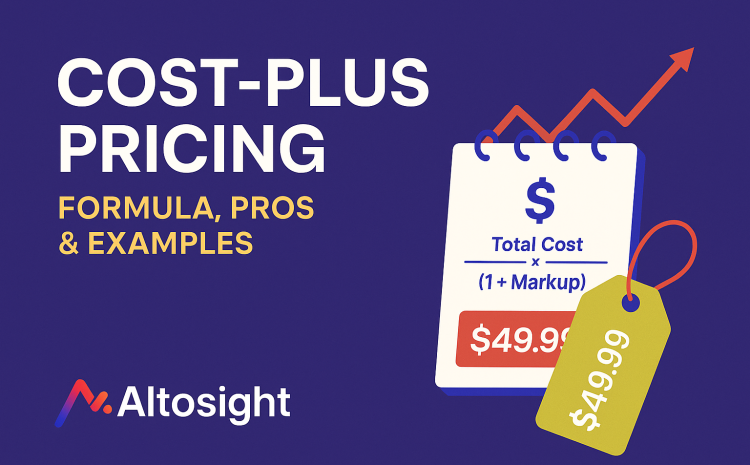
What does M.A.P. stand for in retail and what does it mean?
I am sure you are wondering how it exactly works, if it’s legal, how it’s different from price-fixing, its pros & cons and how to employ it.
M.A.P is an acronym or abbreviation for Minimum Advertised Price, also commonly referred to as MAP Pricing, which is a policy that some manufacturers in the US employ in order to help their products keep a minimum price across retailers, as well as enable small shops to compete with larger retailers.
In short, the definition of a minimum advertised price is that manufacturers *suggest* to their retailers that they shouldn’t *advertise* each of their products below certain prices.
But, I am sure this causes more questions than it answers. The 2 bold words above are key and we will explain why below.
Before we get into the details, let me first state that there is a lot of misinformation on the internet about crafting a Minimum Advertised Price (MAP) policy, what it does and how to enforce it. If done incorrectly, it might lead to price-fixing which is against the law.
In this article, we will share some details on MAP but you should definitely consult with your lawyers before acting on it.
What Exactly Is Minimum Advertised Price (MAP), Its Definition & How It Works
MAP policies are most commonly employed in the US as in other parts of the word they are either illegal or named differently. As stated earlier, it’s a policy by a company that manufactures a product in which it states at what prices it would like its retailers to advertise its products.
First of all, advertising means not only running ads online or offline promoting that price, but also the list price of that product in ecommerce stores.
If for example, a product has a map of $40 and I put it in my ecommerce store for $38, even if I don’t run any ads, I violate the company’s MAP policy.
This makes sense because often when an ecommerce store has the lowest price for a product, it will be picked up by price comparison sites, leading more price-sensitive customers to that store, leading to more sales, which ends up being an indirect advertisement.
However, if in the above example a brick and mortar retailer has this product at $38 inside their stores, they don’t violate the manufacturer’s minimum advertised price policy.
Also, if an ecommerce store offers the visitors or their existing customers a coupon, which reduces the price of the product at $38 after they add it to the cart, they don’t violate the manufacturer’s map policy either.
The logic behind the examples above is that they got their customers through other means, not by offering the lowest prices and then they reduce the price if the customers buy a certain number of units from them or fit other criteria set by the retailer.
But, what’s the difference between MAP pricing and price-fixing? What makes one legal and the other illegal?
Is MAP Pricing The Same As Price Fixing?
No, but the difference between the two is subtle.
The difference is in the Minimum Advertised Price policy. Your MAP policy should be a “Colgate” policy, which is a fancy word for “you create the policy, but none of your partners signs it”.
In other words, it’s a one-sided policy (from the manufacturer) and the retailer may or may not abide by it with no legal repercussions. Sure, if retailers abide by it there would be benefits for all involved, but if they do decide to sell below the products’ MAP prices, the manufacturer can’t go after them legally.
The brand can perform other actions to enforce its map prices, from penalties to rewards, but not send their lawyers to the retailer.
This allows the free market to work and allows virtually any prices for these products.
But, what’s price-fixing then?
Some articles imply that you as a manufacturer should sign MAP agreements with your vendors. This is price-fixing and will get you in trouble with the law.
If you make your retailers sign that they have a certain minimum price for each product, below which they are not allowed to sell these products, this is price-fixing, because it’s in a contract and the retailer or the ecommerce store legally agrees to it.
You should avoid this by all means.
Minimum Advertised Price (MAP) Pricing Strategies
Minimum Advertised Price is a very important policy to employ because when an item has its Minimum Advertised Price (MAP) monitored it has the following benefits:
- Small shops can compete with big retailers because even if big retailers can get better discounts because of high volume, they won’t advertise below the map price of each product.
- Retailers will avoid price wars, leaving better margins for everyone. Other factors besides price will persuade customers to buy from each ecommerce store, like customer service, quick delivery, etc.
- The manufacturer will protect its brand image and reputation.
- The manufacturer will improve the relationships with their retailers since the vast majority won’t be advertising below a certain threshold.
MAP pricing is especially important in luxury items, where luxury brands’ products must hold specific minimum prices, otherwise, the brand’s image might be damaged heavily. Our accurate MAP monitoring software can help you do that automatically.
Here is an example of LuLaRoe’s Minimum Advertised Price catalog next to their wholesale prices and suggested retail prices:
To successfully employ a MAP pricing strategy, you’d have to let your retailers know of the above benefits, decide on which of your products will be MAP controlled (if not all), at which price and then craft a plan of rewards and penalties for those that abide by your MAP policy and for those that don’t.
Conclusion
To sum it up, having a Minimum Advertised Price (MAP) policy in place as a manufacturer can have benefits for all the parties involved. You must never ask your retailers to sign it, it’s usually applied in the US and you must consult with your lawyers before crafting one or enforcing it.
I hope our article helped clarify MAP pricing and how it works. For any questions, please drop them in the comments below or shoot us an email.






